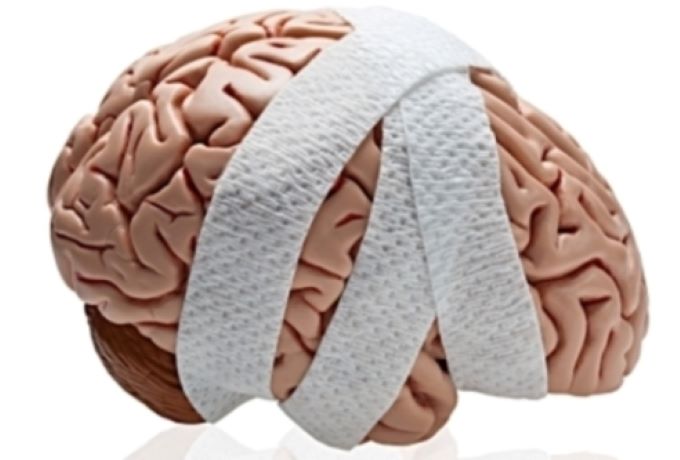Research In Action
Research In Action
Breadcrumb

A note from blog moderator Dr. Patty Huang: Dr. Rachel Myers, co-director of the Violence Intervention Program (VIP) at CHOP's Center for Violence Prevention, recently wrote a blog post about a CIRP-facilitated research partnership between CHOP VIP and the Minds Matter Concussion Frontier Program to better understand differences in diagnosis and recovery between assault- versus sports-related concussions for Cornerstone, the CHOP Research Institute's blog. An excerpt of the blog post is included below.
While gun violence is at the forefront of daily news stories, a majority of youth seeking Emergency Department (ED) care at Children’s Hospital of Philadelphia for injuries following interpersonal violence — the population our VIP program serves — experience non-penetrating injuries, such as bruises, fractures, and concussions. Within our VIP, 1 in 5 youth participating in our case management services are diagnosed with a concussion, with many requiring follow-up and ongoing medical care.
At CHOP, we are fortunate that our patients can benefit from the clinical partnership between the CHOP VIP and the Minds Matter Concussion Frontier Program, which provides comprehensive concussion treatment to support youth in their physical recovery after injury. The CHOP VIP assists youth and families with appointment scheduling and coordination, transportation to medical and therapy appointments, and securing school accommodations to support recovery. This partnership between our clinical programs ensures that assault-injured youth receive access to specialized care and recovery support.
A burgeoning area of partnership between the VIP and Minds Matter involves our research collaborations, facilitated by the connection both programs have to the Center for Injury Research and Prevention (CIRP), a Center of Emphasis at CHOP Research Institute. In our first joint research effort, we conducted a study, led by Margaret Means, MD, to compare the diagnosis and recovery for youth with assault- versus sports-related concussions.
Using available data from the CHOP electronic health record, we identified disparities in the diagnosis of and recovery from concussion for youth who experienced assault-related compared to sports-related mechanism of injury. Youth with assault-related concussions were more likely to identify as a racial minority and be publicly insured, to seek ED care for initial evaluation of their injury, and less likely to receive visio-vestibular testing as part of their diagnosis than youth with sports-related concussions. A greater proportion of youth with assault-related concussions reported a decline in school grades following their injury, and we observed potentially meaningful clinical differences between groups with regards to need for continued specialty care and time to full resolution of symptoms.
Despite all youth receiving care at CHOP, the disparities our study illuminated regarding clinical evaluation and recovery for youth with assault- versus sports-related concussions must inform our continued research collaborations. Of particular concern is that youth who receive timely concussion diagnosis have improved physical and psychosocial outcomes. If youth with assault-related concussions are receiving less thorough or timely diagnosis, it may impair their recovery in lasting ways.
Click here to read the full blog post on Cornerstone.




